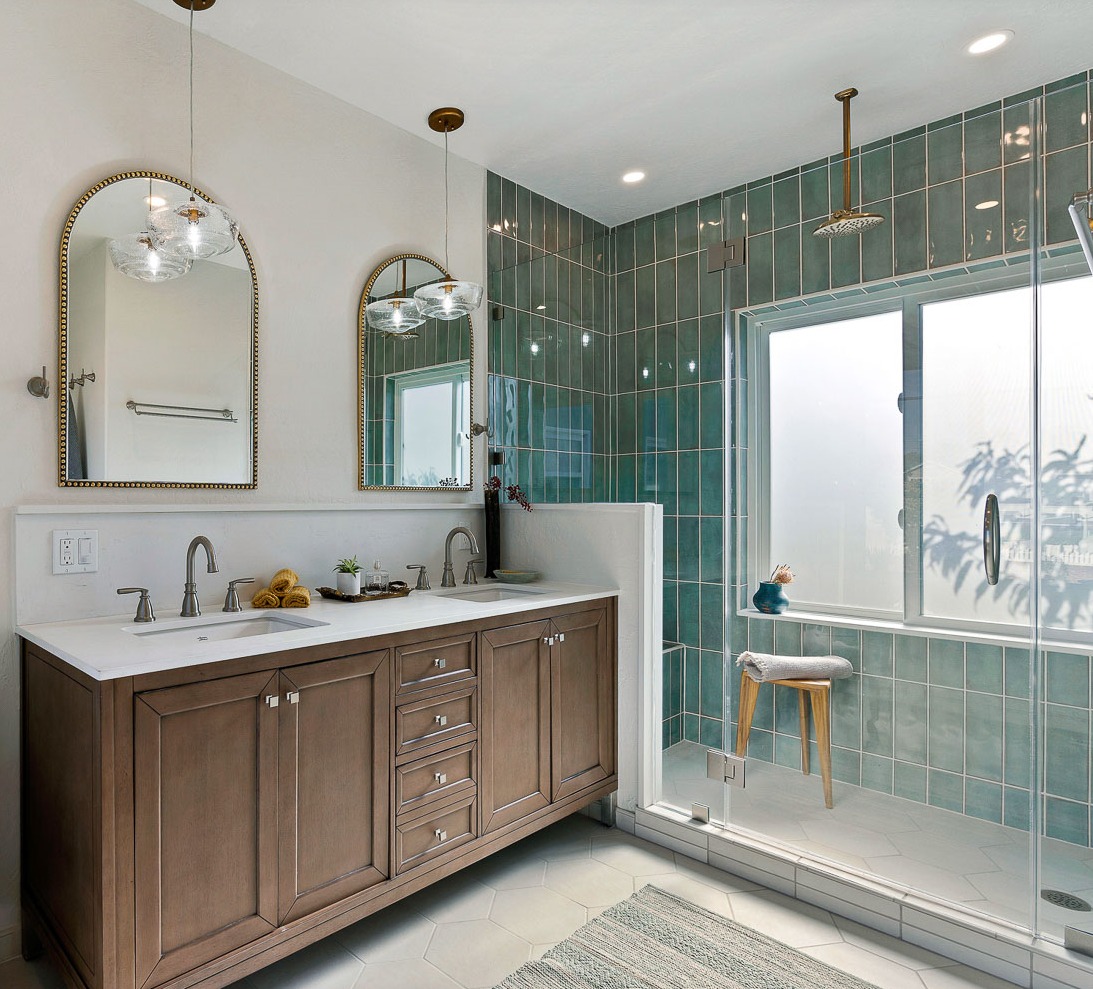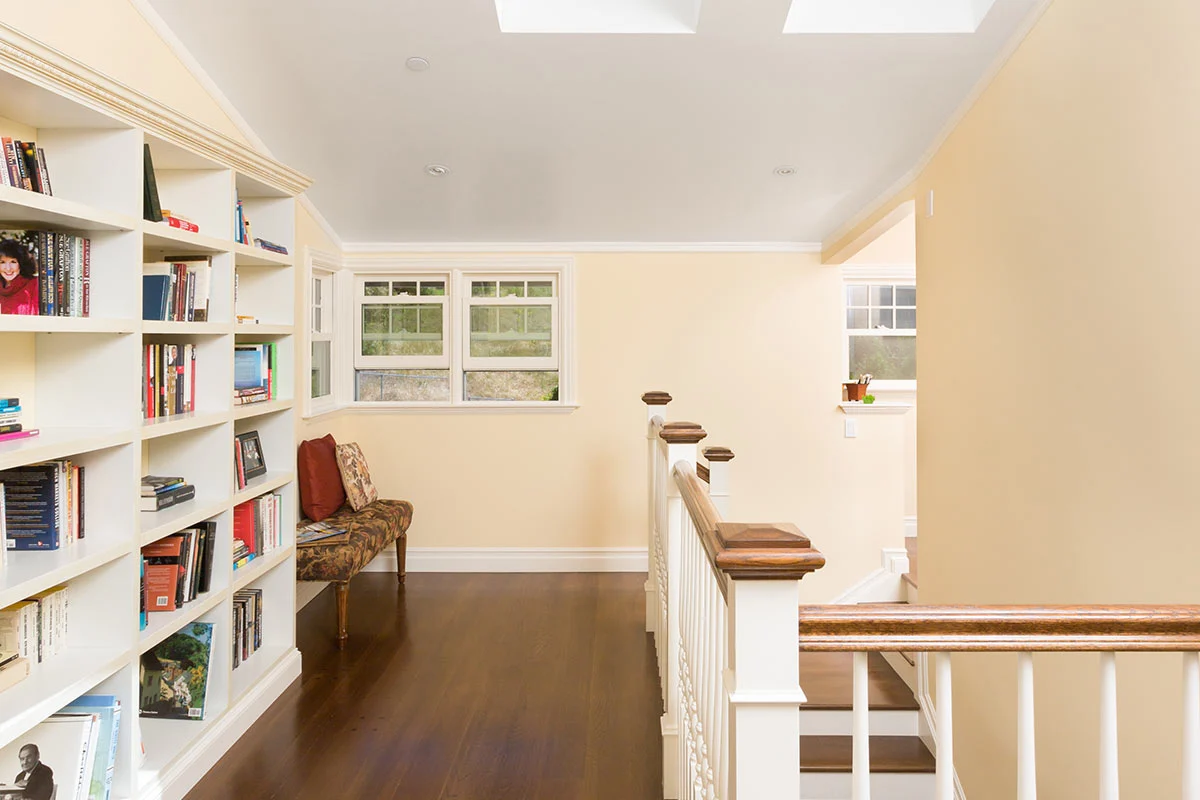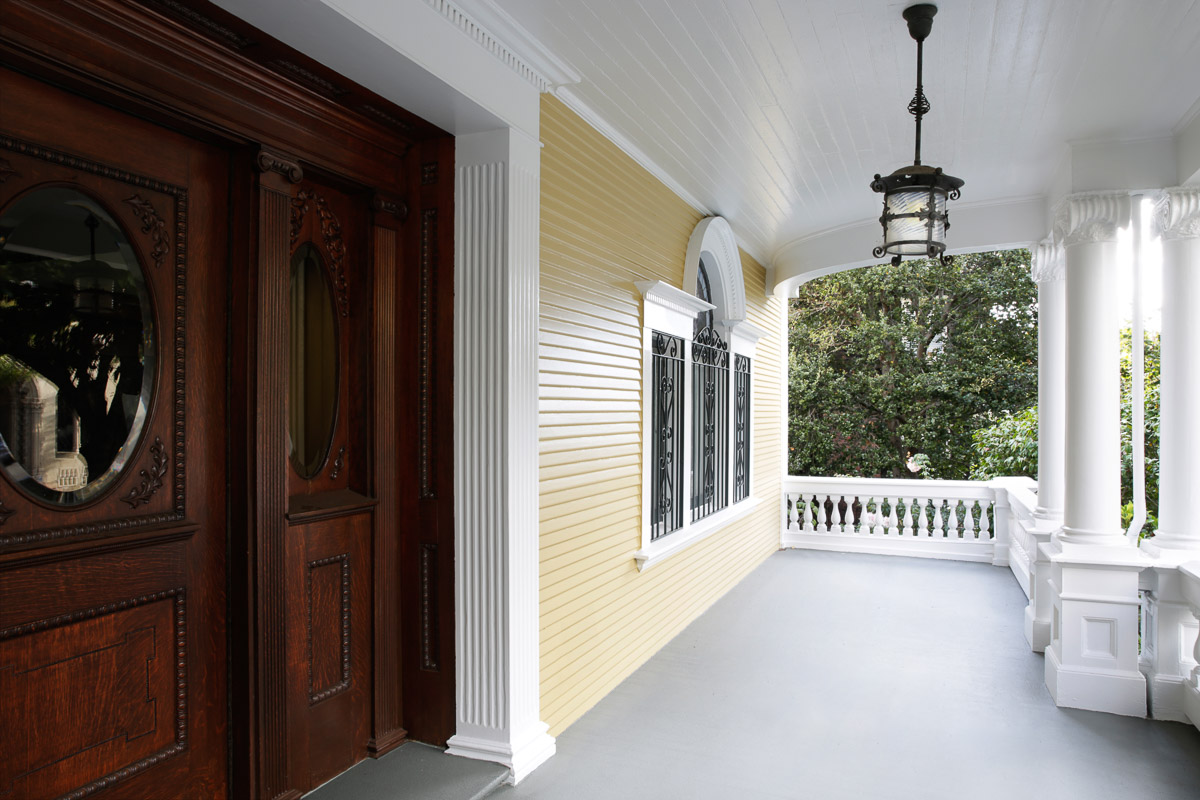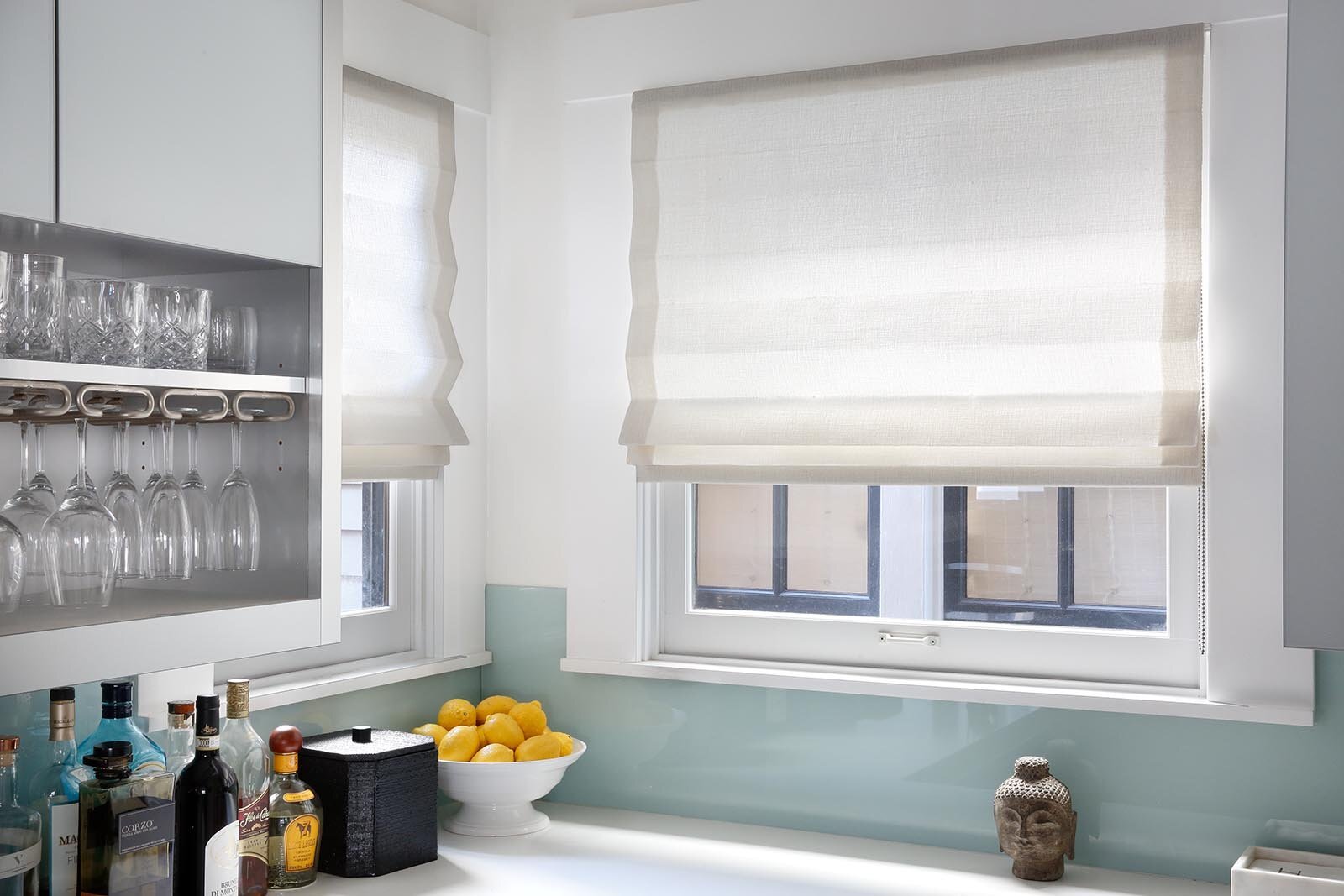Many people attempt to paint their own homes. In fact, most people in Oakland, like the rest of the US, paint their own homes. While it is a labor-intensive and time-consuming process, not knowing what you are doing can mean that you see underwhelming results at best.
While hiring a professional is always a good idea, you can improve the outcome by following these pro tips. Remember that tips can’t help compensate for good painting techniques or experience, but they can help you yield better results.
Prepare Your Oakland House For Painting
Preparation for house painting begins with evaluating your home’s exterior condition and planning what materials you will need. Remove all loose paint, sand any rough spots, it is not necessary to strip the surface of all previous coatings. Apply a coat of primer and fill any open holes in the wood or cracks in the stucco.
For interior painting, prepare each room by removing any soft furnishings. This includes window treatments and rugs. You can roll these up or cover them with plastic to protect from paint damage.
You will also want to cover and protect all upholstered furniture, drapes, and carpets. This will give you adequate room to work and minimize the risk of damage. It is also a good idea to cover furniture that can’t be moved. Clean dropcloths and painters plastic work well.
Clean Dirty Surfaces Before Painting
Dirty surfaces in the Kitchen for example may prevent the paint from forming a bond. Oil, dirt, and stains will make it hard for paint to bond with the wall, and after a few weeks, you’ll notice the paint peeling. So, use a de-glosser like TSP to clean up the grimy areas or a heavy-duty cleaner. You will also want to remove hand marks around the switches and doorknobs.
Use a cleaner in a circular motion, with a lint-free cloth or an abrasive pad. Best to start top down so that you can control the moisture. Make sure to mask and cover before you start. Once the surface is clean, you can spot prime and fill up all the holes and nicks, sand the surface smooth, and paint. Make sure always to wear quality rubber gloves and goggles.
Generous Use of Painter’s Tape
The right type of painter’s tape is essential for successfully completing your painting project. Using the wrong kind of tape could cause damage to your floor or furniture surfaces, leave squiggly lines (professionals do not use tape to create a straight line), and glue residue on the walls.
You can also find special-purpose tape for certain coatings, such as stucco. Green or blue color tape works best for straight lines and walls, while red is better for textured surfaces.
The tape you decide to use on the outside of your home should have a solid water-based adhesive and be UV-resistant. Do not leave tape on a surface for very long. It will start to flake and be difficult to remove.
Choosing The Right Sheen
For interior you have a choice of five basic sheen levels for your paint job: flat, matte, eggshell, satin or semigloss. Flat, Matte and eggshell are for walls. Semigloss is for wood trim.
All sheens have their benefits. Eggshell has a low shine and is more durable than a flat finish. Flat and matte also hides minor flaws in walls and ceilings. Flat can be touched up. Matte, Eggshell, Satin and Semigloss cannot be. A satin finish is perhaps the best choice for a busy family home with lots of hands because it is easiest to clean and it is not as shiny as Semigloss.
Flat paint looks great in areas with a lot less use. Matte is a bit easier to clean but is as not recommended for a high traffic area or a busy home with lots of children and pets.
Preventing Color Variation
One of the tell sale signs of a DIY paint job is how the color varies from one wall to another. Though many people who undertake painting their Oakland home may not realize this at first, it soon becomes apparent after the paint has dried. Fortunately, there is a way to address this issue.
If you have an open can when painting halfway through the wall, the difference can be noticed. You can eliminate this by mixing or “boxing” all the paint you have together. Avoid running out of once can of paint and buying a whole new can. Try to buy from the same store. Estimate how much paint you’ll need for the room or a wall, and then mix it in a 5-gallon bucket.
Here are a few more things to keep in mind:
If you can’t accurately or near accurately estimate coverage, it’s better to add more than less paint if this is your first time painting interior walls. You can then pour whatever you have left back into the can.
If your room is large, use a large bucket and have a roller screen ready instead of a roller tray. It’s faster to load with a screen than using a pan.
Dunk the roller into your paint bucket and roll it on your screen until you see it has stopped dripping.
Wait For The Paint To Dry Before Cutting It Loose
The most common problem we see with DIY Oakland house painting is imperfect lines because DIYers use tape and do not “cut lines” like professionals do. Fortunately, this is easily remedied by not just pulling the paint from the wall near the trim. If you do that, you can cause the paint to peel paint off the trim. So, start by using a razor blade and making a light cut where the wall meets the trim before pulling the tape off.
You will want to wait for at least 24 hours so that the paint is completely dry. Start from an area that nobody will notice and then lightly cut it clean. You then pull off the tape at a 45-degree angle.
Start By Painting the Trim First, Then the Ceilings, and Finally The Walls
As pros, we follow an order, and this is something we learn when starting out. You will see similar results if you follow this order too. The first thing to do is paint the trim, ceiling, and walls. This approach is easier and faster because taping off the trims is faster than all the walls.
Then when you are painting the trims, you don’t have to be careful or neat. All you need is to focus on ensuring a smooth finish on the wall. If you get some paint on the walls, don’t worry, because that will be covered with a fresh coat of paint.
Once the paint is dry on the trim (usually 24 hours), you can tape it off and start painting the ceilings and the walls.



